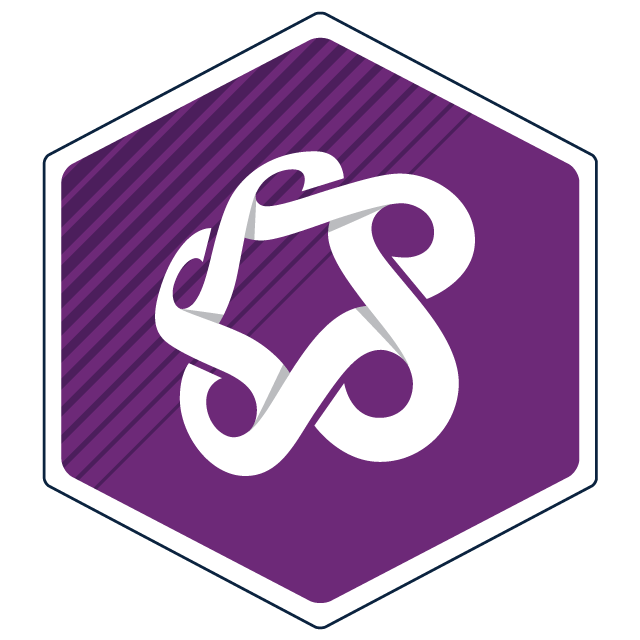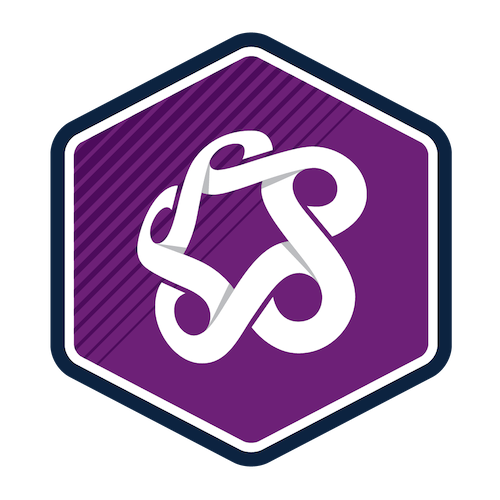Overview
Need a quick primer or a refresher on how to interpret blueprints? This course is designed for construction professionals with some field experience in residential and light commercial projects who want to strengthen their skills in reading and understanding blueprints using different types of documentation.
In this foundational course, you’ll gain essential knowledge about specifications and scope of work documents and how to apply them when interpreting blueprints. You’ll also develop the ability to transition from reading two-dimensional drawings to visualizing the final three-dimensional project. Along the way, you'll sharpen your problem-solving skills, learning to identify and address potential issues before they result in costly rework or mistakes.
This course is ideal if you:
- are a field supervisor, project manager or foreman who wants to improve your ability to interpret blueprints and supporting documentation
- are a tradesperson looking to transition into a management role and need a deeper understanding of project plans
- are a contractor or subcontractor looking to sharpen your skills in identifying potential issues from blueprints and documents before they escalate.
This course is a required course for the Principles of Construction Management Certificate of Achievement and the Construction Estimating and Bid Preparation Certificate of Achievement.
Any construction industry-related experience you already have will be beneficial.
Upon successful completion of this course, you’ll be able to:
- interpret the concept and principles of orthographic projection
- interpret the paper language used to produce a set of blueprints
- interpret information contained in the different pages in a set of blueprints
- interpret how specifications relate to the blueprints and other contract documents
- differentiate between residential and commercial requirements within a set of blueprints
- evaluate the level of information on a set of blueprints.
You’ll demonstrate your skill and knowledge acquisition through assignments, unit tests and a case study. All coursework must be completed as per the course schedule and no later than the course end date.
To request a course outline, contact Continuing Education Advising.
Upcoming dates
Select an available section and add it to your cart. When you're ready, proceed to check out to sign into your student account and complete your registration.
Don't have a student account? Let's set one up!
Registration closes seven days before the start date for on-campus, online scheduled, and blended courses, and one day before the start date for online self-paced courses.
After you've completed this course
Upon successful completion of this course, you'll be able to self-print a proof of completion document from your Continuing Education student account.
Micro-Credential
Aligned to current industry standards, SAIT’s micro-credentials develop practical, real-world skills and include competency-based testing. Earning a SAIT micro-credential demonstrates to employers you have the required competencies — both skills and knowledge — to get the job done.

Students who successfully complete this course with a final grade of B (75%) or higher will earn a micro-credential and receive a shareable digital badge.
Costs
Technology
To be successful in this course, you’ll need:
- Access to your own computer or laptop with standard hardware/software requirements.
- Internet access

Financial support
Financial opportunities are available to help pay for your course fees. Learn more about how to reduce your education or training costs with available awards, bursaries, loans and grants including the Canada Alberta Productivity Grant.
Applicable certificates
This course applies to the following certificate programs:

Train your team
Interested in group training opportunities for this course? Tell us about your organization's needs, and one of our training consultants will contact you within one business day.

Oki, Âba wathtech, Danit'ada, Tawnshi, Hello.
SAIT is located on the traditional territories of the Niitsitapi (Blackfoot) and the people of Treaty 7 which includes the Siksika, the Piikani, the Kainai, the Tsuut’ina and the Îyârhe Nakoda of Bearspaw, Chiniki and Goodstoney.
We are situated in an area the Blackfoot tribes traditionally called Moh’kinsstis, where the Bow River meets the Elbow River. We now call it the city of Calgary, which is also home to the Métis Nation of Alberta.
